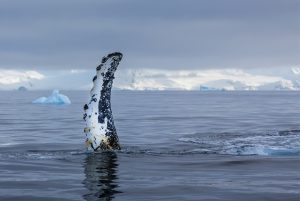Snaking across the Northwest Territories’ Mackenzie River delta and Tuktoyaktuk coastal plains, the new year-round Inuvik-Tuktoyaktuk Highway (ITH) is, on a per-kilometre basis, one of Canada’s most expensive roads and the final piece linking Canada’s road system coast to coast to coast. The new road is also the impetus for a mini tourism boom for the Inuvialuit living in Tuktoyaktuk (known locally as Tuk), a hamlet of fewer than 1,000 people on the Arctic Ocean and the territory’s largest settlement above the treeline.
Tuk Economic Development Officer Annie Steen says 10,000 tourists are expected on the 138-kilometre gravel road this year and residents are eager to develop services for travellers (previous annual visitation was 1,200 to 1,500 people). If you’re keen to dip your toes in the Arctic Ocean, here’s what you need to know to drive the highway safely and make the most of your time in Tuk.
Getting there
The fastest way to reach the new highway is to fly to Inuvik (Air North has flights via Victoria, Vancouver, Calgary, Edmonton and Ottawa) and rent a vehicle. Those wanting a longer road trip can fly to Whitehorse and travel the Dempster Highway (Canada’s first public road across the Arctic Circle) to the ITH. Viewing the ice-capped peaks of Tombstone Territorial Park and the steep banks of the Mackenzie River, and visiting the friendly Gwich’in villages of Fort McPherson and Tsiigehtchic will help you settle into the rhythm of northern life before tackling the North’s newest road.
There are no hotels in Tuk yet, only a few small bed and breakfasts, so you may want to drive to Tuk and back in a single day and use Inuvik as your base for Arctic adventure. If you are willing to dry camp, people are welcome to park near the beach in Tuk for free, but be advised there are currently no sani-dumps or potable water for visitors.









